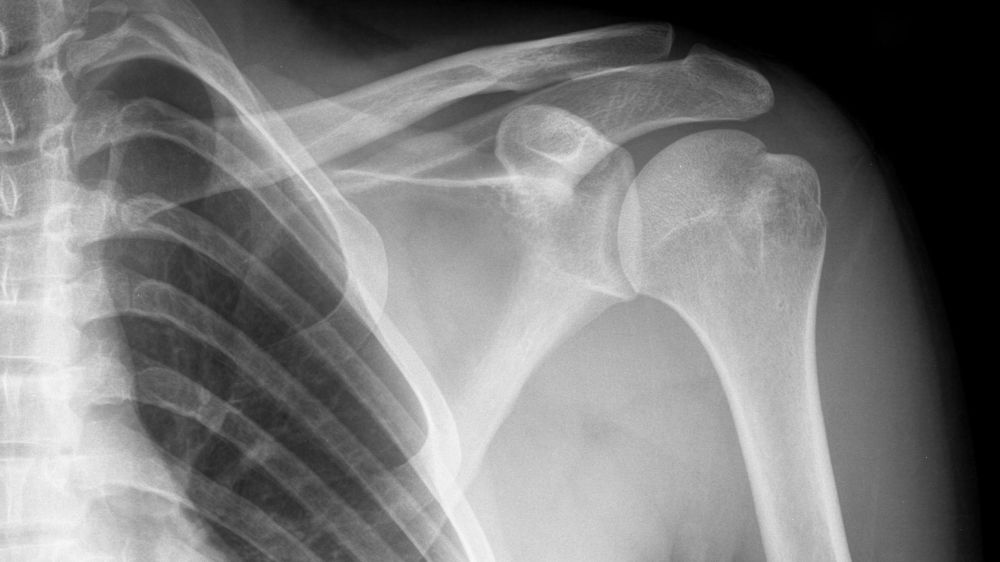X-Ray Telemedicine Comes to Cruise Ships

This month, Carnival subsidiary AIDA Cruises announced a telemedicine partnership with the Institute for Diagnostic and Interventional Radiology at Rostock University, which will allow shipboard medical personnel to share x-ray and ultrasound imagery with specialists on shore.
Telemedicine is increasingly common on shore, where primary care providers in outlying locations can share live video feed, imagery or other information with specialists or hospitals via a web connection and use the expert advice to diagnose and treat patients. The American Telemedicine Association suggests that it brings a broad range of efficiencies to health care, reducing cost and speeding treatment, with no drop in quality of care.
AIDA operates eleven ships in markets all over the world, and the new partnership will allow each ship's doctors to send x-rays, hold telephone conferences and discuss diagnoses with the experts at Rostock, any time of day or night. The ships' hospitals are already set up for ultrasound and x-ray imaging. AIDA says that the partnership is the first of its kind in Germany.
"This partnership creates a new link between tourism and medicine," said Prof. Dr. Christian Schmidt, medical director at the university medical center.
Telemedicine over the radio has been available to mariners since at least 1935, when the International Radio Medical Centre began offering its medical guidance free of charge to "seamen, on board vessels without a doctor on board, of any nationality, sailing on seas."
Video-enabled telemedicine has also been available to the maritime industry for some time via satellite uplink. Future Care and Globecomm rolled out a "virtual ER" partnership with video chat connection to shoreside physicians two years ago, and there are other competitors in the space.
Insurers GARD suggest that these offerings have become important to shipboard medicine, especially following the STCW 2010 Manila amendments, which require a high standard of shipboard care and a "prearranged system that medical advice by radio or satellite communication to ships at sea is available at any hour of the day or night." Large cruise ships may be well positioned to benefit from advanced telemedicine arrangements, as they carry trained medical personnel, sophisticated medical facilities and the equipment for high-speed satellite data connections.
